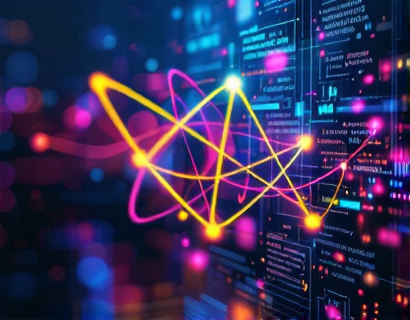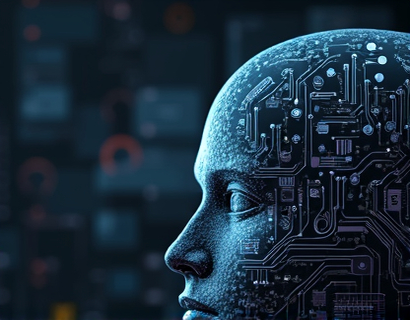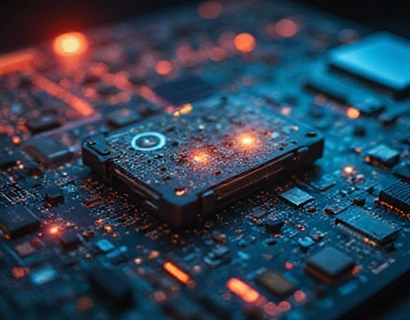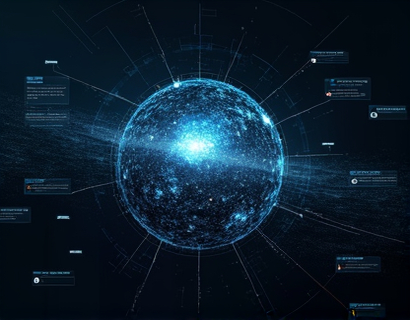AI-Driven Chat Interface: Revolutionizing Tournament Engagement for Enthusiasts and Participants
The integration of artificial intelligence in sports tournaments has opened new avenues for fan engagement, player interaction, and overall experience enhancement. An AI-driven chat interface stands at the forefront of this revolution, offering a dynamic platform where fans, players, and followers can connect in real-time. This technology not only streamlines information dissemination but also fosters a sense of community, making tournaments more engaging and immersive for everyone involved.
Real-Time Insights and Updates
One of the most significant advantages of an AI-driven chat interface is its ability to provide real-time insights and updates. During a tournament, fans are often eager to stay informed about the latest scores, player statistics, and game-changing moments. Traditional methods of updating fans, such as periodic announcements or post-match reports, can be too slow and may miss critical moments. An AI chat interface, however, can process and disseminate information instantly, ensuring that fans never miss a beat. This immediacy enhances the viewing experience, keeping fans engaged and invested in the outcome.
Moreover, AI can analyze vast amounts of data from various sources, including social media, official announcements, and live streams, to compile comprehensive updates. This capability allows the chat interface to offer a holistic view of the tournament, covering everything from player performances to fan reactions. Such comprehensive insights not only satisfy the curiosity of hardcore fans but also provide newcomers with a deeper understanding of the sport and the event.
Personalized Interactions
Personalization is a key feature of AI-driven chat interfaces, enabling a more tailored experience for each user. By leveraging machine learning algorithms, the chat interface can learn from user interactions and preferences, adapting its responses and recommendations accordingly. For instance, a fan who frequently follows a particular player or team can receive customized updates, highlights, and notifications related to their interests. This level of personalization not only enhances user satisfaction but also increases the likelihood of sustained engagement.
Personalized interactions extend beyond just information dissemination. The chat interface can facilitate one-on-one conversations between fans and players, creating unique opportunities for fans to connect with their idols. Imagine a scenario where a fan can ask a player a question during a break, and the AI seamlessly relays the query and response in real-time. Such interactions not only humanize the athletes but also deepen the emotional connection between fans and the sport.
Community Building and Engagement
The AI-driven chat interface serves as a powerful tool for building and maintaining a vibrant community around tournaments. By fostering interactions among fans, players, and followers, the platform creates a space where shared passions and interests can thrive. The chat interface can host various community-driven activities, such as live Q&A sessions, fan polls, and discussion threads, all facilitated by AI to ensure smooth and engaging conversations.
One of the most effective ways the chat interface enhances community engagement is through the creation of fan groups and forums. These groups can be organized based on specific interests, such as favorite teams, players, or aspects of the sport. AI can manage these groups, moderating discussions, suggesting relevant topics, and ensuring that the conversations remain lively and respectful. This structured approach not only encourages participation but also helps in building a sense of belonging among community members.
Enhanced Fan Experience
The overall fan experience is significantly elevated with the introduction of an AI-driven chat interface. The combination of real-time updates, personalized interactions, and community engagement creates a multifaceted experience that caters to diverse fan needs. Fans can stay informed, interact with others and their favorite athletes, and feel part of a larger community, all within a single, intuitive platform.
For tournament organizers, the benefits are equally compelling. The chat interface can reduce the workload on staff by automating routine tasks such as answering frequently asked questions and managing basic inquiries. This allows organizers to focus on more strategic aspects of the event, ensuring a smoother and more successful tournament. Additionally, the data collected through user interactions can provide valuable insights into fan behavior and preferences, helping organizers make data-driven decisions for future events.
Technological Underpinnings
The effectiveness of an AI-driven chat interface relies heavily on its technological foundation. At the core, natural language processing (NLP) plays a crucial role in understanding and generating human-like text. Advanced NLP algorithms enable the chat interface to comprehend complex queries, maintain context in conversations, and generate appropriate responses. This capability is essential for creating a seamless and natural user experience.
Machine learning algorithms are another critical component, driving the personalization and adaptability of the chat interface. These algorithms analyze user data to identify patterns and preferences, allowing the chat interface to tailor its interactions accordingly. Over time, as more data is collected, the AI becomes more accurate and efficient in its responses, further enhancing the user experience.
Backend infrastructure, including robust servers and scalable databases, ensures that the chat interface can handle a large number of concurrent users without compromising performance. This is particularly important during high-traffic events when the volume of interactions can surge significantly. A well-designed infrastructure guarantees that the chat interface remains responsive and reliable, even under heavy load.
Challenges and Considerations
While the benefits of an AI-driven chat interface are numerous, there are also challenges and considerations that need to be addressed. One of the primary concerns is data privacy and security. With the chat interface handling sensitive user information, it is crucial to implement stringent security measures to protect this data from breaches and unauthorized access. Compliance with data protection regulations, such as GDPR, is essential to maintain user trust and avoid legal issues.
Another challenge is ensuring the accuracy and relevance of AI-generated content. While advanced NLP and machine learning algorithms have made significant strides, there is still room for improvement. Misinterpretations and irrelevant responses can frustrate users and detract from the overall experience. Continuous refinement and testing of the AI models are necessary to minimize errors and enhance the quality of interactions.
Moreover, the success of the chat interface depends on user adoption and engagement. Educating users about the benefits and functionalities of the platform is crucial. Providing clear instructions, tutorials, and support can help users navigate the interface more effectively and maximize its potential. Encouraging early adopters and influencers to promote the platform can also drive initial engagement and set a positive tone for broader adoption.
Future Prospects
The future of AI-driven chat interfaces in sports tournaments looks promising, with ongoing advancements in AI technology poised to further enhance the user experience. One area of potential development is the integration of augmented reality (AR) and virtual reality (VR) elements. Imagine a scenario where fans can use AR to overlay real-time statistics and insights directly onto the live broadcast, or participate in VR-based fan zones where they can interact with other fans and athletes in a virtual environment.
Another exciting prospect is the expansion of AI capabilities beyond chat interactions. AI can be leveraged to analyze player and team performance data, providing predictive analytics and insights that can influence betting, fantasy sports, and strategic decision-making. This deeper level of analysis can add another dimension to the tournament experience, appealing to a broader range of enthusiasts.
Additionally, the chat interface can evolve to support multilingual capabilities, breaking down language barriers and making the platform accessible to a global audience. This feature would not only enhance the inclusivity of the platform but also attract international fans and participants, further enriching the community.
In conclusion, an AI-driven chat interface represents a significant leap forward in tournament engagement, offering real-time insights, personalized interactions, and robust community features. By addressing the challenges and embracing future advancements, such platforms can continue to transform the way fans experience and engage with sports tournaments, creating a more connected and thrilling journey for all involved.










































